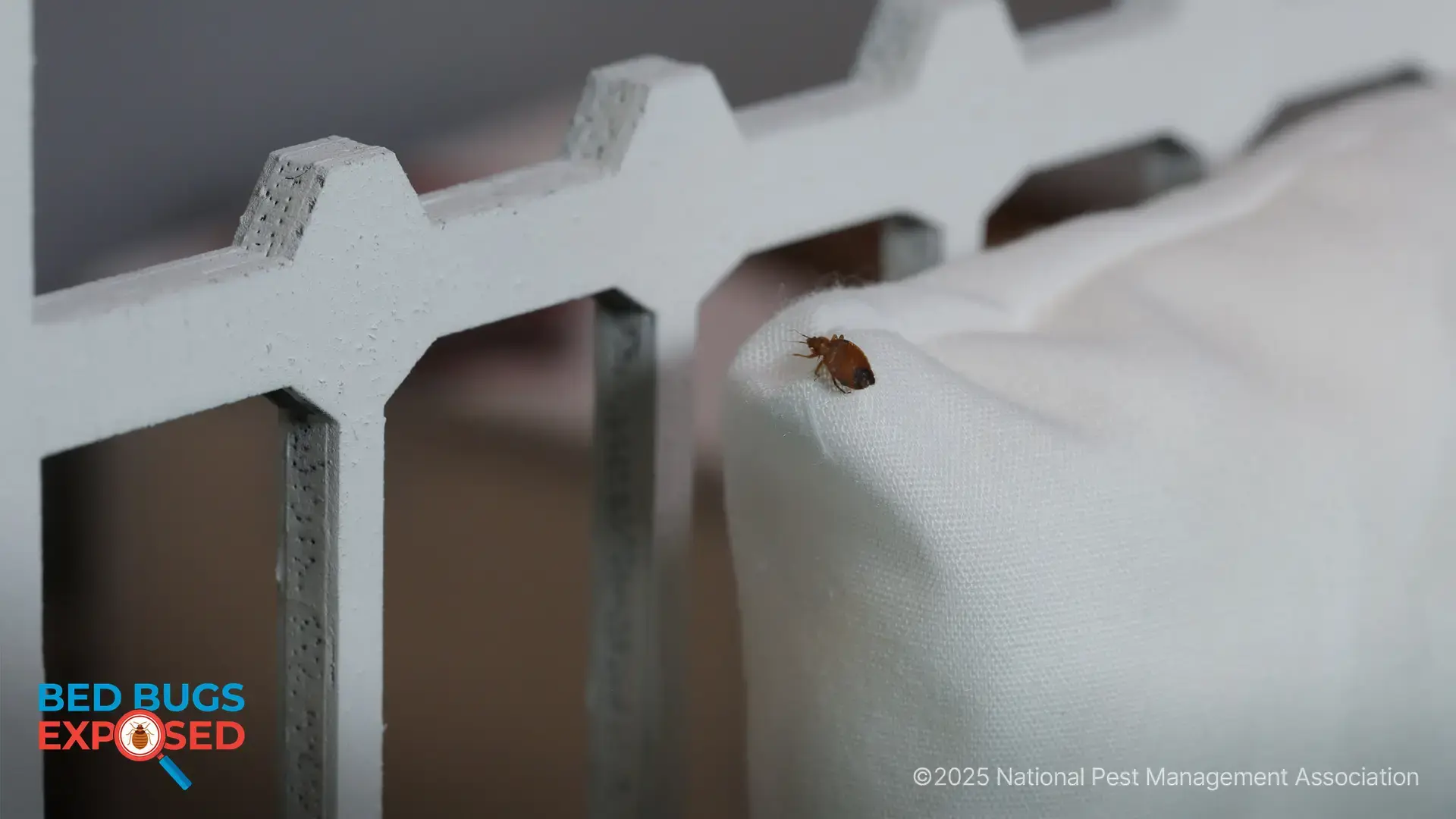How To Safely And Easily Remove A Tick
Finding a tick attached to your skin can be a scary experience; however, there is no need to panic. In the instance of blacklegged deer ticks, most do not carry disease, and those that do typically need to feed for an average of 36 to 48 hours before they can successfully transmit dangerous bacteria. Therefore, your chances of contracting Lyme disease – or any other tick-borne illness – are greatly reduced if you remove a tick using proper technique within the first 24 hours. Remember, too, that doctors have a much greater success rate in treating and curing early-diagnosed cases on Lyme disease, so prompt action is needed. Read on to learn how to remove a tick.

Tick Removal Using The Tweezer Method
The tweezer technique is by far the most common method for removing ticks. In fact, it’s endorsed by organizations such as the Centers for Disease Control and Prevention (for humans), and the Human Society and the ASPCA (for pets). If executed properly, the tweezer method can be a simple, safe and effective process for tick removal. There are also several devices on the market to help remove a tick, but a plain set of fine-tipped tweezers should do the trick.
Follow these simple steps for a successful tick removal:
- Stay calm and gently pull back any hair from around the tick, exposing the skin near the tick/bite.
- Locate the head of the tick, grasp it as close to the skin as possible using fine-tipped tweezers and gently squeeze. Do not grab the tick’s body, as this can increase the chance of injecting the tick’s blood into the skin.
- Pull outward in a straight motion until the pressure pulls out the head of the tick. Do not twist or wiggle the tick, as that may tear the head off, leaving it lodged in the skin.
- Once removed, thoroughly clean the bite area and your hands with soap and water. You can also use rubbing alcohol or an iodine scrub.
- Ticks should then be flushed down a toilet or wrapped tightly in tissue before disposing in a closed receptacle. Do not try and crush them. Saving the tick for testing is generally not recommended, as ticks are rarely tested for specific diseases. However, testing a tick is an effective way to identify the species and any related disease risks. For instance, the dog tick (Dermacentor variabilis) looks nothing like the deer tick (Ixodes scapularis), and while the latter transmit Lyme disease, the dog tick does not. On the other hand the dog tick can transmit other infections such as tularemia and Rocky Mountain spotted fever.
- If you develop a rash or fever within several weeks of removing a tick, see your doctor. Be sure to tell the doctor about your recent tick bite, when the bite occurred, and where you most likely acquired the tick. If you have saved the tick, be sure to bring it to show the doctor.
What Not to Do When Removing a Tick
The CDC suggests avoiding folklore remedies for removing a tick from the skin, such as “painting” the tick with nail polish, suffocating it with petroleum jelly, or using a heat source like matches to burn the tick and make it detach from the skin.
Your goal is to remove the tick as quickly as possible, so don’t ever ignore ticks in the hopes that they will detach from the skin and fall off on their own. Also, try and avoid crushing the tick’s body when removing it.
Learn More
Dr. Parada, medical advisor for the NPMA with a focus on infectious diseases, discusses the proper way to remove a tick in the following video. Watch it for more information!

Learn About Rodents
Rodents invade millions of homes each winter. Learn more about them!

NPMA's Bug Barometer Forecast
The latest Bug Barometer® forecast from the National Pest Management Association reveals what homeowners across America can expect from pest activity this fall and winter.

NPMA's Bed Bugs Exposed Project
Check out NPMA's Bed Bugs Exposed project to learn more about this hitchhiking pest and how to prevent an infestation at home.
Find a PEST PRO in your area

Learn About Rodents
Rodents invade millions of homes each winter. Learn more about them!

NPMA's Bug Barometer Forecast
The latest Bug Barometer® forecast from the National Pest Management Association reveals what homeowners across America can expect from pest activity this fall and winter.

NPMA's Bed Bugs Exposed Project
Check out NPMA's Bed Bugs Exposed project to learn more about this hitchhiking pest and how to prevent an infestation at home.

